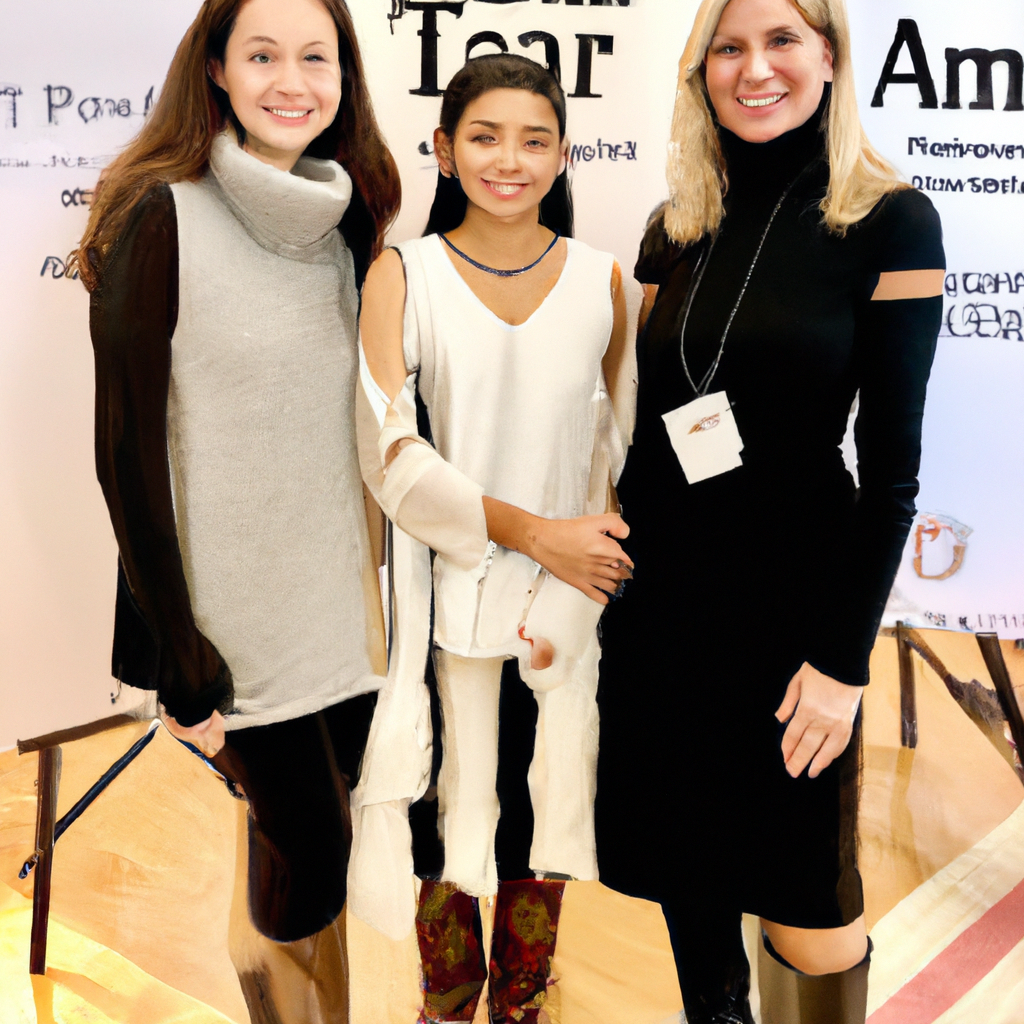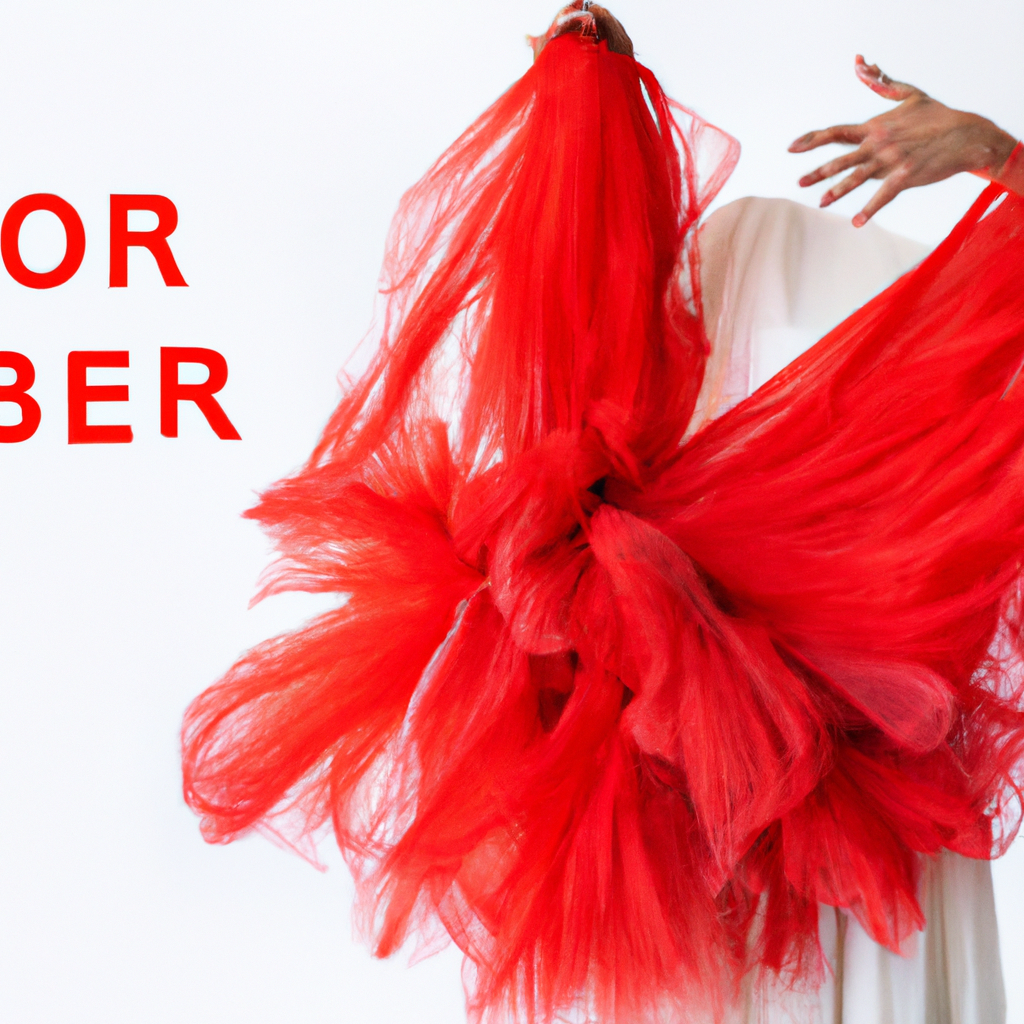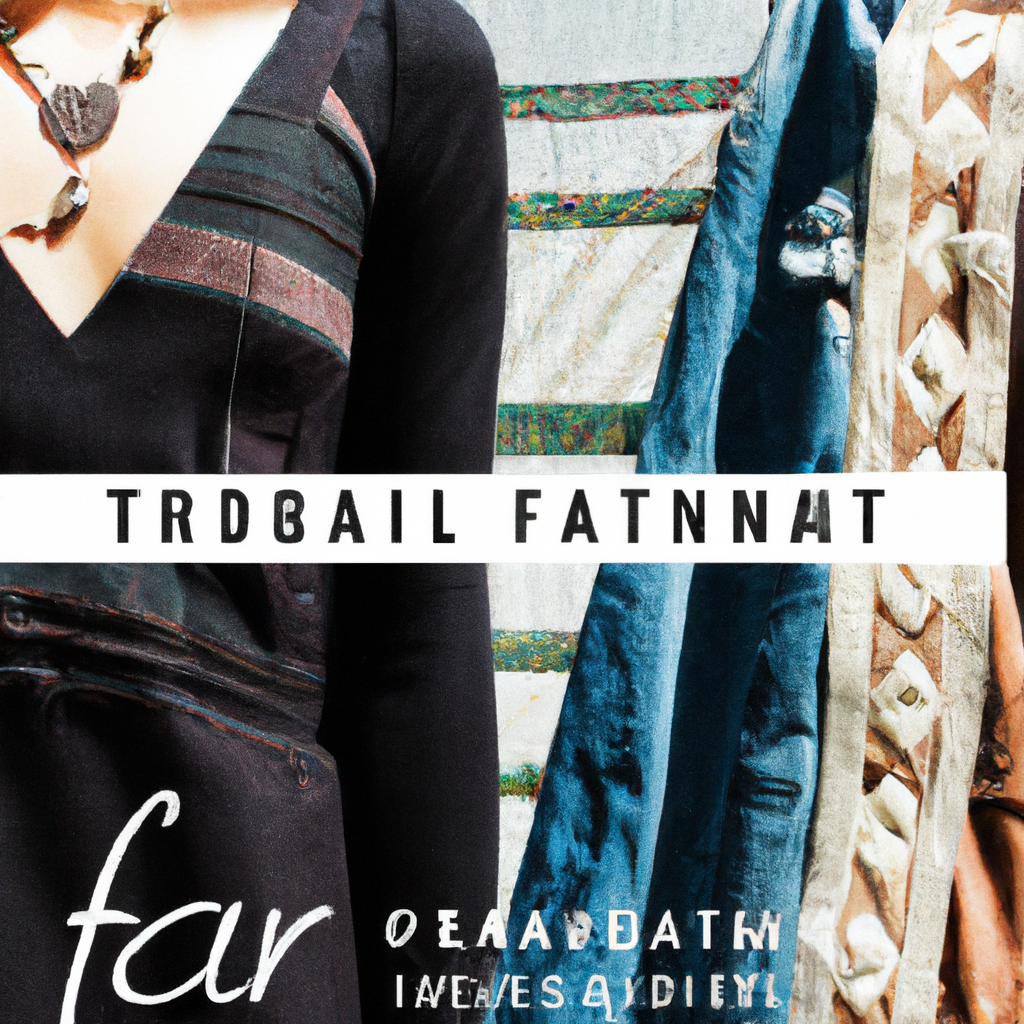When it comes to fashion, most of us aren’t looking at labels or questioning where our clothing has come from. But for those who are becoming more conscious about their wardrobe, artisanal and fair trade fashion are now becoming a popular alternative to fast fashion. In North America, more brands are incorporating these two terms into their model, providing sustainable and ethical clothing to those who desire it. In this article, we will learn more about what artisanal and fair trade fashion is, and its importance in North America.
1. Harnessing the Power of Sustainable Fashion
From choosing eco-friendly fabrics to designing products for longevity, the fashion industry is making great strides towards sustainability. Choosing sustainability over disposability means reducing environmental degradation and waste associated with textile production. Here is a look at some of the strategies used in the fashion industry to realize this goal.
Organic and Recycled Fabrics
Organic and recycled fabrics are playing an important role in making fashion more sustainable. Organic fabrics, made from natural sources, eliminate the need for chemical-heavy processes to produce textiles. For recycled fabrics, textiles such as cotton, polyester, polyamide, and other yarns are reused to produce something new. This helps to slow the demands placed on natural resources.
eco-Friendly Dyes
Fashion products that have been dyed are often criticized for causing pollution and water contamination. By choosing eco-friendly dyes, fashion designers can reduce the impact of colorfastness. Natural dyes such as indigo, turmeric, and banana skins are being used in place of synthetic ones, offering soft colors and a non-toxic alternative.
Design for Longevity and Versatility
Sustainable fashion is often thought of as being dull and uninspiring, but that couldn’t be further from the truth. Designers are taking an approach where fashion should be versatile and long-lasting, with pieces that can be worn at different occasions and in different ways. This helps to ensure that the items have a longer lifespan, leading to fewer replacements and fewer garments going to waste.
Minimize Packaging
Packaging is not typically seen as an issue in fashion, but it can have serious consequences for the environment. Today, more companies are looking for ways to reduce plastic packaging, such as opting for paper bags, biodegradable plastic, or compostable materials. Not only is this better for the environment, but it can also remove part of the costs associated with production.
Educating Consumers
By raising awareness about sustainable fashion, more and more people are becoming conscious of the choices that they make. This is helping to shift consumer behaviour, with people choosing to invest in better quality clothing and support ethical brands. It’s also a way for designers and retailers to engage with their customers, as well as educate themselves on new technologies and practices, that can make fashion production more sustainable.
From inventive designs to entertaining customer experiences, sustainable fashion has great potential. By embracing these strategies, the fashion industry can continue to maintain its stylish edge while reducing its negative impacts on the environment.

2. Unlocking the Potential of Fair Trade fashion in North America
Fair trade fashion is fast becoming a key facet of the fashion industry, and it is no surprise that North America is leading the way in promoting it. There is a growing range of initiatives, supply chains and companies paving the way to participate in this movement both from a business and consumer perspective.
The Benefits of Fair Trade fashion
Fair trade moved beyond coffee and chocolate and is now seeping into fashion. There are a number of benefits to ethical fashion that have made it attractive to the North American market.
- Fair trade fashion ensures the health and safety of the workers, that their wages, hours, and working conditions are fair.
- It promotes sustainability by keeping traditional fabric production techniques alive.
- It gives customers a sense of responsibility as they can see the tangible effects of their purchase.
Barriers to Engagement
In spite of the numerous benefits, fair trade fashion faces some unique problems. In North America, fashion labels must compete for the attention of consumers, making it more difficult to promote ethical fashion brands. There is also a lack of understanding among customers, which leads to a certain reluctance when it comes to trying out fair trade fashion.
How Organizations are Promoting Fair Trade fashion
Organizations from the public and private sector are tackling these issues head on, in order to make the industry more sustainable. Certain initiatives are helping to bridge the gap between businesses and their customers while training and educating industry workers on how to use sustainable materials. Some companies are also offering discounts to customers who choose to go the ethical route, leading to increased consumer interest.
Conclusion
North America is leading the way in promoting the concept of fair trade fashion, and there are a number of initiatives taking shape that can further push this agenda forward. With more and more companies and organizations joining forces to ensure that the industry is both sustainable and ethical, it is sure to play an even larger role in the future of the fashion industry.
3. Crafting the Future of Artisanal Clothing
The world of artisanal clothing is a vast one, with all kinds of materials, methods, and styles available. means engaging with these diverse elements to create something new and unique.
Unconventional Materials Are you ready to think outside the box? Unique materials such as alternative fabrics and trims can elevate pieces to a new level. Experimenting with fabrics and trims like cork, bamboo, and linen can add texture, visual interest, and depth.
Cutting-Edge Colors Returns on traditional color palettes are diminishing, and a new, terse set of colors is emerging in their place. Artisanal clothing is an excellent forum for experimenting with bolder colors and interesting accent hues. Consider taking cues from the spectrum of nature for a truly one-of-a-kind outfit.
Handmade Details The finest details can speak volumes, and handmade details are no exception. Colorful patchwork, elaborate embroidery, intricate beading, and other tailored touches add a special touch to clothing that often can’t be replicated with conventional methods.
Unique Cuts and StylesDifferent cuts and silhouettes can transform a piece of clothing into something elevated, stylish, and one-of-a-kind. Garments that are minimally structured and influenced by the free-flowing shapes of couture are perfect for the artisanal spirit. Dresses and jackets with non-traditional shapes and hemlines add impact and can take the imagination of the wearer to new places.
- Unconventional materials
- Cutting-edge colors
- Handmade details
- Unique cuts and styles
These elements, combined in creative ways, can help craft the future of artisanal clothing. Through experimentation and an open-minded approach, artisans can create something that is wonderfully unique.
4. Redefining the Ethical Fashion Revolution
The ethical fashion revolution has been transforming during the last few years. Radical changes to the industry began in the wake of the 2013 Rana Plaza factory collapse, leading companies to focus on the social impact of their supply chains.
Now, more entrepreneurs are looking to the slow fashion movement as a way to make a bigger impact. Slow fashion is an alternative form of production and consumption, with a focus on reducing waste and increasing sustainability. It encourages people to invest in fewer, higher-quality pieces of clothing, rather than buying in bulk and tossing out older items.
Not only will this new model of fashion be more ethical but it is in sync with modern-day values. And it’s getting a helping hand from technology: blockchain technology is being used to track products through their journey from creation to sale, ensuring that the item and all of its constituents are proven to be ethical. The hope is that blockchain will give all parties in the fashion supply chain greater transparency over the materials their products come from.
Designers are also turning to other innovative solutions to fight the ethical fashion crisis. They are creating capsule collections that take on a seasonless approach, working with new age materials like mushroom leather and biodegradable fabrics.
And finally, new labels are emerging and creating beautiful, affordable clothing while still remaining ethically conscious. By investing in quality, and working with skilled, local artisans, these companies can produce gorgeous garments in an ethically conscious manner.
The ethical fashion revolution is in full swing, and it’s safe to say that it will only get better from here. By embracing innovative solutions and sustainable practices, fashion can be made ethical and beautiful all at the same time.
As North American consumers become ever more conscious about the ethical implications of their fashion purchases, artisanal and fair trade fashion provides a great way to make sure that their personal style is also helping to make the world a better place. Everyone has a part to play in forging a more sustainable future, and supporting local artisans and craftsmen is one of the most fundamental of these. So join us, and start exploring new ways to make sure your fashion choices have a positive effect on the planet.


